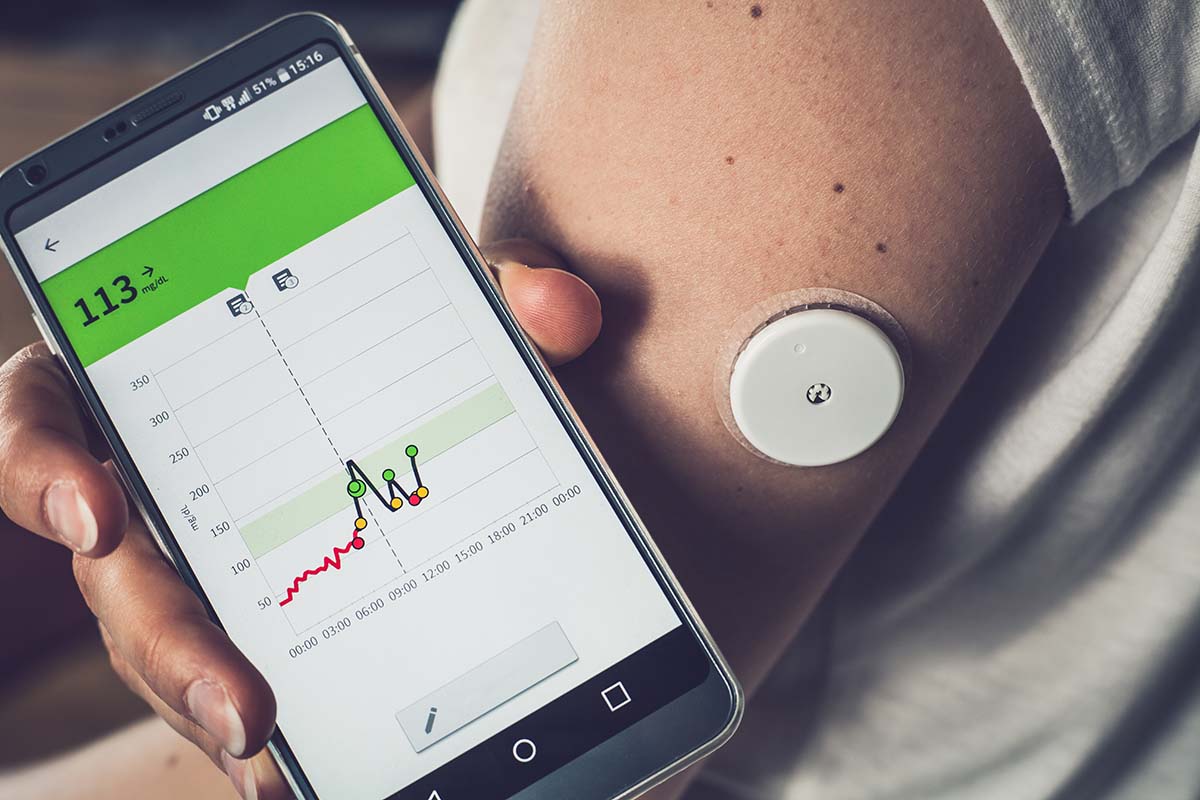Trends
Innovating for Wearable Medical Devices

Patients are routinely sent home with some type of monitoring device to record anything from heart rates to sleep cycles. Such devices tend to be cumbersome because they are often strapped on and may be attached to wires. This can make it difficult for patients to engage in their normal activities or to sleep, limiting patient compliance and skewing data. Finally, passage of data to the doctor is not immediate. The patient must bring the device back to the doctor for analysis.
Rapidly Evolving Wearable Medical Device Developments
Thanks to flexible electronics, medical monitoring devices have gotten much smaller and less cumbersome. In many instances, they are now wireless as well and can communicate directly to a smart phone app. In fact, medical researchers are using streamed data to remotely track a variety of vital signs in their subjects through the use of wireless monitoring devices. This shrinking in size has also led to the development of personal monitoring devices, such as step-counters and tracking bracelets, which allow consumers to self-monitor activity, heart rate and sleep cycles with an eye toward meeting their own wellness goals. Here again, wearing the device as instructed is essential to effectiveness.
Rising Demand for Wearable Medical Devices
The market for wearable medical devices is surging. GlobalData, a global research firm in the UK, estimated the wearable technology market to grow to $100 billion by 2027. Compounding patient compliance issues with increased demand for outpatient and remote research subject monitoring, and more immediate test results/data and treatment, are driving the development of ever-smaller, less invasive devices that can enable faster test results and treatment.
Benefits Of Wearable Devices Applied Directly to The Skin
- They would streamline the entire process as we know it, from providing devices to patients, to potentially transferring data, to communicating treatment. In an ideal scenario, doctors would receive the data electronically in real time and could message the patient with treatment instructions.
- Devices would be innocuous — no more uncomfortable straps or wires that can limit range of motion.
- Set it and forget it. The devices could be applied in the hospital or doctor’s office and stay in place for several days.
The development of such devices also holds promise for the consumer market, so long as the technology continues to improve, and the price becomes more affordable. Time will tell. In the meantime, the value proposition for health care providers is that they can better control proper and consistent device usage because patients can wear a device for multiple days without having to remove or reapply it, thereby ensuring multiple days-worth of data.
The primary challenge lies in finding an wearable device adhesive that is aggressive enough for long-term wear while also offering pain-free removal. Breathability and the ability to withstand a brief shower or physical activity are also important factors.
Safety Regulations
While the safety regulations typically fall upon the medical device manufacturer or the end manufacturer, the FDA recommends certain portions of ISO 10993 for medical device manufacturers depending on contact with the skin. Of particular importance are ISO 10993-5 and -10, which include testing for irritation, sensitization, and cytotoxicity. Once these three tests are performed, the adhesive supplier can furnish a bio-compatibility letter to their customer ensuring that the adhesive meets the necessary criteria for skin contact.
Market Opportunity
This all means tremendous potential opportunity for converters that service the medical industry. In fact, Markets and Markets has predicted that the wearable healthcare devices market will increase to $30.1 billion by 2026. As the on-demand healthcare market grows, and as more consumer applications are developed, potentially significant converting opportunities will certainly arise.
Skin In the Game
If you already service the health care industry, or if you’ve been thinking about it, now may be a good time to learn more about these new technologies and potential applications. Keep in mind that Flexcon stands ready to work with you in developing medical adhesive solutions to gain business in this market, whether it be coating materials with one of Flexcon® DermaFlex™ adhesives, which have been tested to ISO 10993-5 and -10, utilizing Flexcon® Omni-Wave™ hydrogel-free bio-sensing adhesive components, or coating your substrates with your own technologies. You shouldn’t be the only one with skin in the game. Let us help.